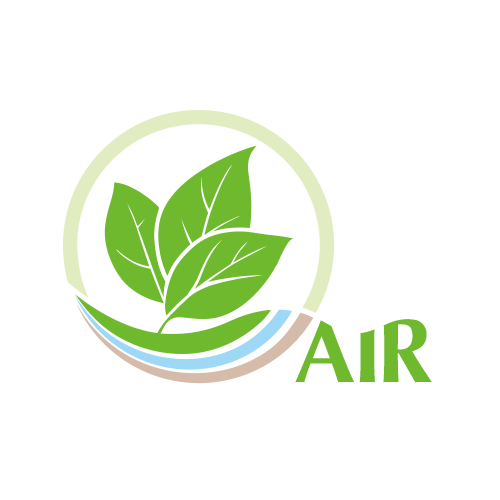Objective
Use clean containers to eliminate these as a potential source of pathogens.
Guiding Principles
Remnant soil in used pots can contain Phytophthora spores and introduce Phytophthora species into the nursery. Clean pots can become contaminated through improper storage and poor sanitation practices.
Best Practices
| 3.1 | Use only new or cleaned and sanitized containers, flats, racks, and trays in the nursery. |
| 3.2 | Do not allow your clean containers (new or sanitized) to become contaminated. - Store containers off the ground on clean racks or shelves out of reach of splashing water or in covered bins. - Never place clean containers on the ground, in water, or on other potentially contaminated surfaces. |
| 3.3 | Assume that used containers, flats, racks, and trays are contaminated. Don’t store dirty containers in or near clean areas of the nursery and don’t let them accumulate. Clean or dispose of them promptly. Keep used containers, etc., in bins or an enclosed area outside of the clean nursery area where the contamination can be contained and cleaned up. |
| 3.4 | Before reuse, containers, etc., must be sanitized following an approved procedure (see Phytosanitary Procedures for Producing Clean Nursery Stock). Sanitation treatments that rely on chemical sanitizers will be more effective if old potting media and plant material are cleaned off before sanitizing. The container cleaning area should not be in the clean area of the nursery (see BMP 6.2 Nursery Design, Layout, and Workflow below). After sanitation, store and handle containers, etc., to prevent contamination as in 3.2 above. |
| 3.5 | Use the smallest size containers possible to minimize expenditures related to cleaning and sanitizing used containers. |
| 3.6 | Plant stakes, irrigation emitters and lines, descriptive signs, etc., that are placed on, over, or in pots should be new or sanitized. |
| 3.7 | Bins for holding heat-treated potting media should be sanitized before refilling. |
